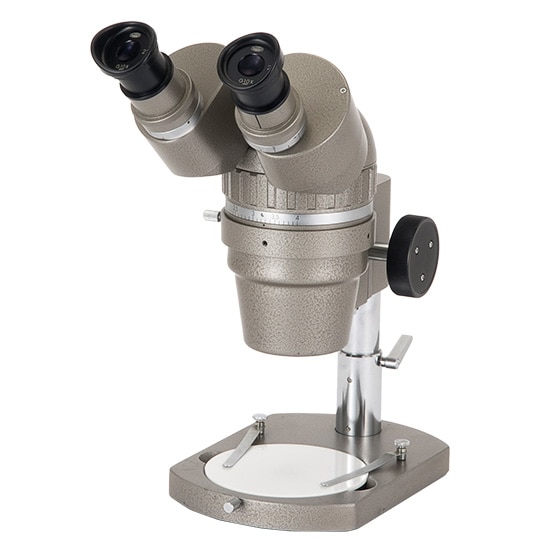Today, i easily share how to set up a unique microscope! Download digital microscope for free. System Utilities downloads - Plugable Digital Microscope Driver by Plugable Technologies and many more programs are available for instant and free download. Today, i easily share how to set up a unique microscope!
- Micro Science Deluxe Microscope
- Micro Science Microscope Kit
- Micro Science Microscope Manual
- Microscope Manuals Pdf
A printable copy of the iScope manual supplied by Euromex can be found here. However, we have also included some information here that you may find useful.
Diverting light to the camera (trinocular models only)
On the right hand side of the microscope head is a silver bar. Pulling the bar out will divert light to camera (and some to the eyepieces). Pushing this bar in will mean all the light is directed only to the eyepieces.


Left-side focus control and focus lock
When the microscope arrives it will have a piece of foam under the stage, locked in position using the focus lock. The lock is controlled by a lever found on the inner part of the left hand side focus control (see photos). Unlock the stage. Sometimes a foam block is present – remove this if necessary.
Right-side focus control and focus tension adjuster
On the equivalent inner part of the right-side focus control is the focus tension adjustment (to make the focus have more or less resistance). This rarely needs adjusting. It is possible to turn this using your fingers but a special C-spanner is also included with a “tooth” which can be slotted in to a gap in the control..
Turning the top of the ring towards the operator will decrease focus resistance, turning it the top towards the back of the microscope with increase focus resistance.
The ECO button
This feature saves electricity and extends lamp life by switching the microscope off if no operator is present for an extended period of time.
When the microscope is turned on, a red light is visible in the front window. This can either be bright red (ECO ON) or dull red (ECO OFF). This is controlled by holding in the ECO button on the right hand side of the microscope for several seconds to switch between modes. Try it and see.
In ECO ON mode the microscope will switch off after some time alone (20 – 30mins). If ECO OFF mode the microscope will stay on.
Setting up Kohler illumination – click here
- Share
Micro Science Deluxe Microscope
Do you need help learning how to effectively use a compound microscope?
It’s not as complicated as it may look – in fact, we hope these instructions will help you quickly become comfortable and proficient at using your microscope!
Find a great explanation of compound and stereo microscopes; definitions of the terms and parts of a microscope, and a great selection of quality microscopes on our Microscopes page.
How to Use Your Compound Microscope |
Once you’ve mastered the basics of using your microscope, you can expand your microscope studies. Print out copies of our Microscope Observation worksheet to help you record what you see! |
Diagram of Microscope Parts |
Microscope Cleaning and Maintenance |
| To clean the exterior side of lenses, use a non-solvent cleaning solution designed for cleaning optics or eyeglasses. First remove dust with a soft brush or can of compressed air. Then moisten a piece of dry lint-free tissue or lens paper and clean the lens surfaces with a circular motion. Repeat with a second piece of paper moistened with lens solution if necessary. Repeat once again with dry lens paper until the lens is clean and dry. Use this same procedure for the eyepiece and objective lenses. To clean the interior side of lenses, DO NOT use the above procedure. Rather use a bulb-type duster or a compressed gas canister designed specifically for cameras/microscope cameras and other optical equipment. Only use a microfiber cloth. Order our Microscope Cleaning Kit for a complete set of tools to clean your microscope with. To clean the body of the microscope, use a soft dry or damp cloth. Using a dust cover will help keep your microscope investment clean and dust-free. |
Micro Science Microscope Kit
More Information
Micro Science Microscope Manual
Find an affordable set of prepared slides to use with your microscope, whether you’re interested in anatomy, zoology, botany, or just want a starter set.
Microscope Manuals Pdf
Check out our tips for making slides and doing other activities with your microscope.